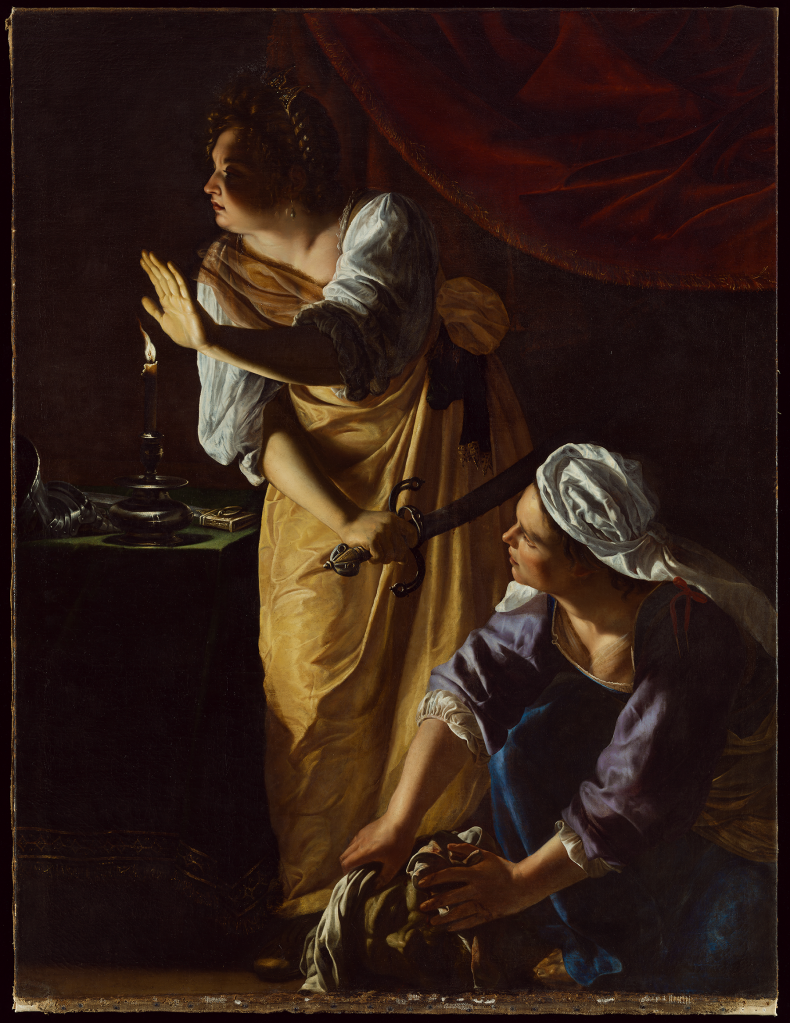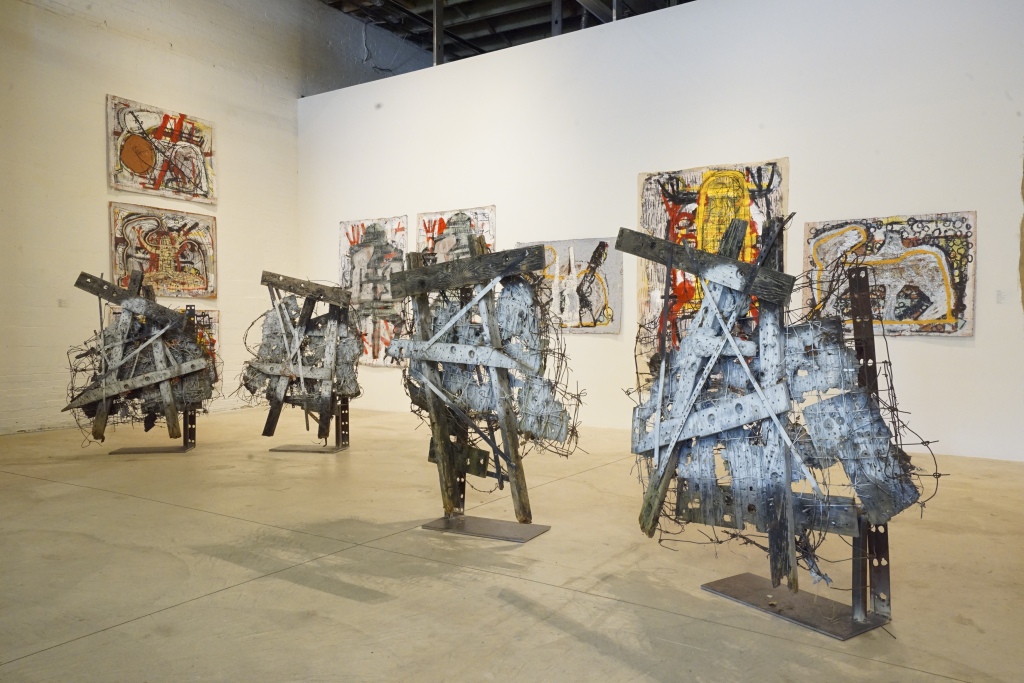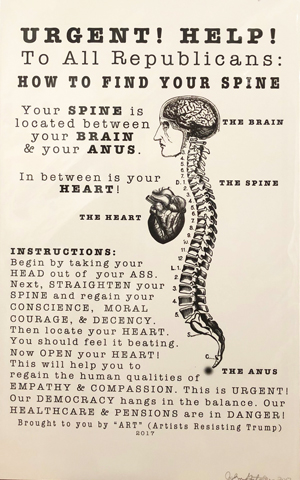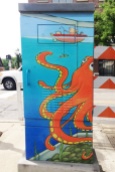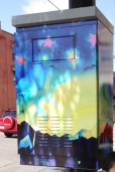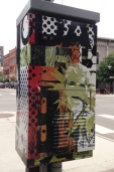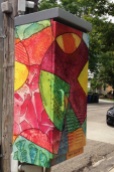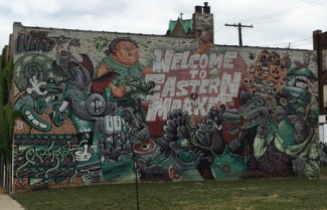
There’s been some discussion online lately about the state of the art scene in Detroit. Is it healthy? Has it reached “critical mass”? Where are the collectors? I don’t know how other artists and art lovers define a successful art ecosystem, but to me it revolves around whether you can walk from gallery to gallery for a full day and see art. I decided to test this theory by doing a Detroit gallery crawl. And yes, it is possible to walk from one gallery to another in the city’s midtown, downtown and Eastern Market neighborhoods and see lots of art in a day. Although you’d better wear some comfortable shoes, since this crawl was about 6 miles long.

My crawl companion and I started in the midtown area with Gallery Camille’s Intersection where two of Detroit’s curatorial heavy hitters are showing their artworks. Jeff Bourgeau, artist and art world provocateur, is the power behind the Museum of New Art, artCORE and the Detroit Center for Contemporary Photography. Matt Eaton is the director/curator of Red Bull House of Art and a founding partner of Library Street Collective. Bourgeau claims to have “digitally eaten the brains and guts of the first hundred years of abstraction” and it shows here in these smoothly rendered digital prints on canvas whose ovoid forms recall Jules Olitsky. Eaton’s paintings, while equally appealing, seem to be arrived at more provisionally through painting techniques commonly associated with street art. Paint is thickly applied to the surface, sprayed, dripped and poured. This is a satisfying show of two talented artists working at a high level, and (even better) the artworks are amazingly affordable.

From Camille we put our heads into nearby Simone DeSousa’s opening of EDITION, a companion to her more traditional space next door. There is plenty to like in this new approach, which offers reasonably priced limited editions of works on paper, ceramics, art books and housewares. I particularly liked a series of (very) limited edition silk screen prints by Wes Taylor of the experimental Detroit design studio Talking Dolls.
The area near Simone DeSousa also features a number of upscale retail stores specializing in designer objects. In Hugh I stumbled upon a line of cocktail mixers cooked up by Steven and Dorota Coy of Hygienic Dress League in cooperation with Joe McClure of McClure’s Pickles in Hamtramck. Right next door is Nora, which carries hand made gold jewelry and a whole lot of other cool stuff. Then we headed for Eastern Market

Murals In The Market
One of the great pleasures of walking from gallery to gallery in Detroit is that lots of great wall painting is right out there on the street. Eastern Market is awash with murals, many created during last year’s event Murals in the Market. The second iteration of this highly successful project is due this September and will add another 50 works. The show at Inner State Gallery , Inertia, features three artists from last year’s event. Jarus, a street artist from Toronto, seems the most comfortable in a traditional gallery which plays to his considerable skills as a draftsman. His fellow Canadian Kwest has a misfire with his aimless and desultory bas relief panels. David “Persue” Ross of New York performs in his signature style with smaller scale works. From this aptly named show it appears that a traditional gallery isn’t necessarily the best setting for artists used to working outdoors on a large scale where the grittiness of the streetscape adds energy and verve. All of these artists have better work in the neighborhood outdoors.
We were disappointed that Wasserman Projects was closed for installation, but you can read a review of their previous show here. Red Bull House of Art was also closed for installation, so we proceeded to downtown and the next galleries on our crawl list.
On our way we ran into a little street theater and audience development project being conducted by John Dunivant, creator of Theater Bizarre, a party/performance piece held yearly in the Masonic Temple around Halloween. The way he described it, Theater Bizarre sounds exotic, entertaining, unwholesome and irresistable. He also said cheerfully “It’s the worst business model ever,” due to the labor intensive, immersive nature of the event.

Our crawl continued to The Belt, “a culturally redefined alley in the heart of downtown Detroit.” The Belt is full of street art as practiced by some of its most famous and accomplished practitioners and curated by the nearby Library Street Collective. I particularly liked Scratching the Surface by VHILS (Portuguese artist Alexandre Farto) and Facet by Tiff Massey, a Detroit sculptor. The Library Street Collective (which, by the way, is not a collective) currently features banal, overpriced and dispiriting paintings by 70’s graffiti artist Futura (formerly Futura 2000).
We perked up, though, when we entered nearby David Klein Gallery, a Detroit outpost of the space by the same name in suburban Birmingham MI. We were greeted at the door by Revelator to the Diasporic Subterranean Homesick, a terrific plaster, burlap and plywood sculpture by Ebitenyefa Baralaye. Also impressive were some scrimshawed panels by David Sengbusch and colorful small collages by Liz Cohen. We were delighted to find two small pictures by noted African American artist Beverly Buchanan in the back room and happy to hear that more of her work will be shown in the fall at the gallery.
We completed our loop tour by walking back to the midtown area, stopping to rest our feet and get a bite at Cass Café, a restaurant and neighborhood gathering place that doubles as a gallery. Here we saw Writings on the Wall, a one-person show by Vagner M. Whitehead featuring multi-part panels on which the artist has collaged and painted the imagery of verbal communication: hand signals, braille, letters and the like.

Our last stop (finally!) was at the George N’Namdi Center for Contemporary Art, where the launch party for Essay’d was well underway. Essay’d, the brainchild of gallerist Steve Panton of 9338 Campau in Hamtramck, is a series of long form essays about artists of note in Detroit. The first collection in this annual series will be coming out in book form in August from Wayne State University Press and can be pre-ordered here. The diverse exhibit currently at N’Namdi features works by recently reviewed Essay’d artists and defies easy description, but I did particularly like Alexander Buzzalini’s rude cowboys and and Carl Demulenaere’s unearthly pre-Raphaelite inspired icons.

So we’ve come to the end of our little walking tour, and it seems to me that the answer to the question of whether the Detroit art scene is healthy and whether it has reached critical mass is a big “yes“. We saw a full day’s worth of great artworks both on and off the street. And in the galleries we visited there is lots of beautiful and accomplished art priced between $300-$2000 that is just waiting to be snatched up by savvy collectors. It’s only a matter of time before the rest of the art buying public discovers Detroit, so local collectors should be out there buying now before we are priced out of the market. Writer Patrick Dunn has written an excellent piece about the Detroit art scene recently, and you can read it here.
Want to take our gallery walking tour? Go here
